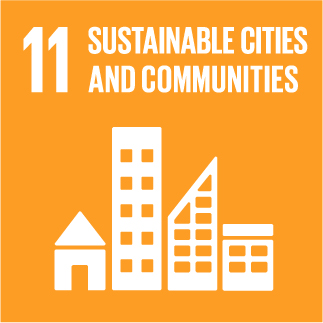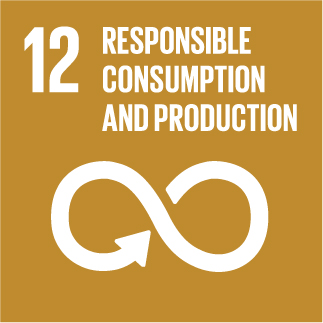Integrated manufacturing of REciclable multi-material COmposites for the TRANSport sector
Composite Adhesives Market 2017 by Resin, Component, Application and Region - Global Forecast to 2022 - Focus on Automotive & Transportation, Marine, Aerospace & Wind Energy - Research and Markets
The global composite adhesives market is projected to reach USD 1.78 billion by 2022, at a CAGR of 7.9% from 2017 to 2022
The demand for lighter vehicles has lad manufacturers switch from traditional mechanical fasteners to lightweight and more efficient adhesives, which is driving the global composite adhesives market. Stringent environmental regulations in the European countries are restraining the growth of the composite adhesives market.
The aerospace segment is estimated to be the fastest-growing application segment of the composite adhesives market. The high demand for advanced aircraft from the commercial aviation segment due to entry of new airlines and expansion of existing airlines is driving the demand for composite adhesives from the aerospace segment. Increasing air traffic, demand for fuel-efficient aircraft, replacement of obsolete aircraft, and strong economic growth in the emerging markets are expected to drive the demand for aerospace composite adhesives during the forecast period.
The Asia-Pacific region is expected to be the fastest growing composite adhesives market, in terms of volume during the forecast period from 2017 to 2022. It is estimated to retain the market leadership during the forecast period. China is the largest market, followed by Japan, South Korea, and India for composite adhesives in this region.
Market Dynamics
Drivers
- Increasing Demand for Lightweight and Low Carbon Emitting Vehicles
- Growing Demand for Composite Adhesives in End-Use Industries Such as Construction
- Growing Demand for Wind Turbines to Harness Wind Energy
- Increasing Delivery of New Aircraft
Restraints
- Environmental Regulations in North American and European Countries
Opportunities
- Growing Demand for Low VOC, Green, and Sustainable Adhesives
- Rising Government Spending on End-Use Industries
Challenges
- Limited Market Opportunities in Developed Countries
- Unstable Economic Cycles
Key Topics Covered:
1 Introduction
2 Research Methodology
3 Executive Summary
4 Premium Insights
5 Market Overview
6 Composite Adhesives Market, By Component
7 Composite Adhesives Market, By Resin
8 Composite Adhesives Market, By Application
9 Composite Adhesives, By Region
10 Competitive Landscape
11 Company Profiles
- 3M Company
- Ashland Inc.
- Bostik
- Delo Industrial Adhesives, LLC
- Dymax Corporation
- Engineered Bonding Solutions, LLC
- Gurit Holdings AG
- H.B. Fuller
- Henkel AG & Co. KGaA
- Hernon Manufacturing, Inc.
- Hexcel Corporation
- Huntsman Corporation
- Hybond Adhesives
- Illinois Tool Works Incorporation
- L&L Products
- Lord Corporation
- Loxeal Engineering Adhesives
- Master Bond Inc.
- Parson Adhesives, Inc.
- Permabond LLC.
- Royal Adhesives & Sealants, LLC
- Scigrip
- Scott Bader Company Ltd.
- Sika AG
- The DOW Chemical Company
For more information about this report visit https://www.researchandmarkets.com/research/q2c9z7/composite


This project has received funding from the European Union's Horizon 2020 research and innovation programme under grant agreement Nº 768737


